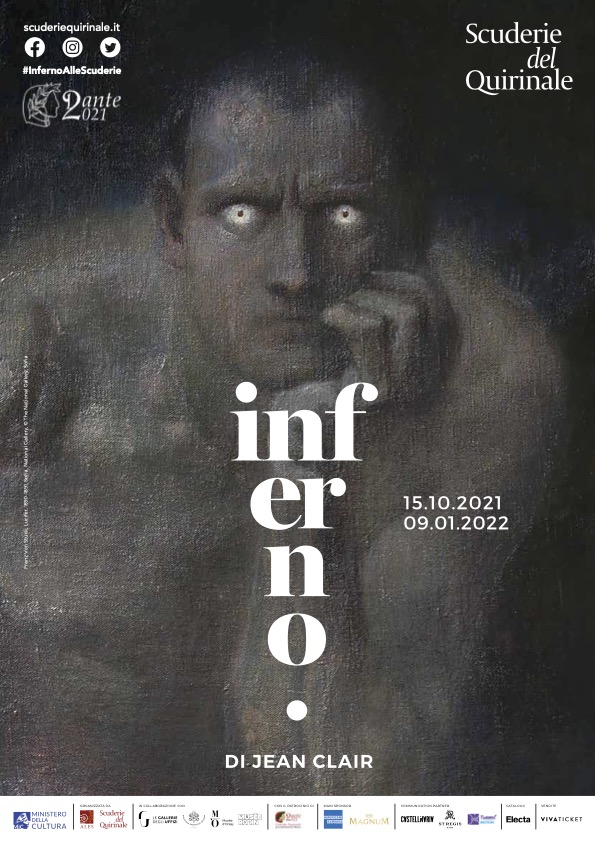Swallowed by Hell: mouths, flames and cauldrons
Winchester Psalter or Psalter of Henry of Blois, XIIth century, Illuminated codex, binding, London, British Library, inv. Cotton MS Nero C IV, f. 39r
The mouth that devours the lifeless bodies of its victims is one of the scariest symbols of the Underworld. It offers a terrifying image of Hell without keeping to the theological indications.
Luigi Gallo, in his essay "A Metaphor of Evil: the Hellmouth" traces its origin back to medieval imagery. The metaphor first appears in the early eleventh century in the Anglo-Saxon context. Then it spreads, through miniature and sculpture, throughout Western Europe. For a long time it was the main way of depicting Hell and its punishments. Hellmouth initially has an anthropomorphic appearance, perhaps inspired by figures of ancient mythology like the Cyclops, the Titans, and Giants, sons of the primordial forces of Uranus (Sky) and Gaea (Earth), who have become symbols of evil and pride for their attempts to overthrow the Olympic gods.
Anthropomorphic is the frightening Hellmouth depicted in the illustrations of the Liber Floridus by Lambertus de Sancto Audomaro, made between 1250 and 1275. There, the Fourth Horseman of the Apocalypse is addressed by the Devil, who seems to require nourishment for his soul hungry jaws. On display is the late fifteenth-century miniature of the City of God of St. Augustine, in which the stomach of Satan, depicted while biting into the bodies of the reprobate, opens with a threatening Hellmouth filled with sinners.
From the eleventh century onward, a model of Hellmouth with an animal-like appearance finds space both in sculpture and in miniature. It is a reference to the Leviathan, the gigantic and insatiable sea monster of biblical tradition. These representations are not naturalistic. The cultural references range with great freedom from the mythological bestiary to the dragons of Nordic legends, to biblical monsters: the artists, from time to time, attribute to them feline or reptilian, swine or canine traits, creating hybrid figures with immediate demonic references.
Let's move a little further: at the end of the Middle Ages a new vision of Hell emerges, based on descriptions of punishments and favouring a moral interpretation of divine retribution, arranged in stratified circles following the model elaborated by Dante in the Divine Comedy.
This new image takes over. The devouring mouths of souls take a back seat. The demonic universe becomes a specific place, with topographical characteristics: mountains, caves, rivers, architectural elements.
Some important examples of medieval miniature, such as the "Liber Floridus", the "Winchester Psalter" and the fifteenth-century "Compilation d’Histoire Romaine" are on display.



